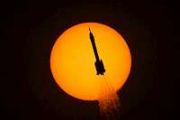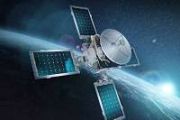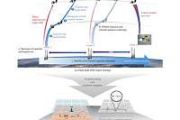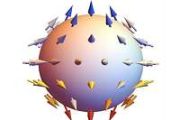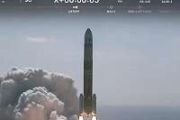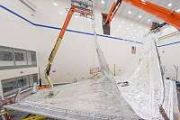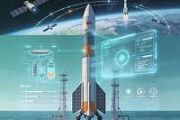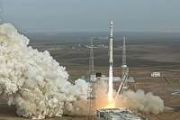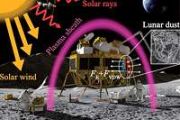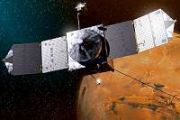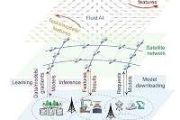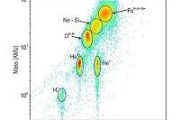
Nicolaus Copernicus
Account Details
Profile Overview
Capabilities
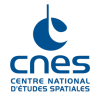
• RF tuning and characterization of antenna feed chains (corrugated horn, polarizer, OMT, filter).
• Testing flat plate phased array antennas, Beam Forming Networks (phase and amplitude).
• Running planar near field scanner and outside far-field antenna range.
• Antenna system assembly and alignment.
• Diagnostics using Time domain.
• Monopole array in ground plane.
• Waveguide rotary joints.
• Characterization of materials by reflectometry measurements.
• Managed the build and tuning of antenna and liaison with the customer




• Served as a project manager, technical monitor representative, and aerospace expert in the Utilization and Life Sciences Office, Exploration Research and Technology Programs organization.
• Provided technical management and leadership for the planning, development, budgeting, integration, and implementation of assigned projects in support of Space Life Physical Science (SLPS) and International Space Station (ISS) Program office.
• Provided expert technical advice and direction to project and program managers and contractor professionals.
• Responsible for converting Space Life Physical Science (SLPS) and ISS Research Program objectives into developmental projects including research and technology development of Advanced Life Support systems.
• Responsible for project management and project science support for integration of science to flight hardware through design, integration of science to flight hardware, manifesting, flight operations products, ground controls, and post flight.
• Leads, supports, and provides project requirements for Programming, Planning and Budget Execution (PPBE) annual budgets, and operating plan.



Implementation of a geographical routing scheme for low Earth orbiting satellite constellations using intersatellite links
Manuel Roth, Hartmut Brandt, Hermann Bischl
2020,
https://doi.org/10.1002/sat.1361
Tribocharging and electrical grounding of a drill in shadowed regions of the Moon
Dov J. Rhodes, William M. Farrell, Jason, L. McLain
Advances in Space Research,
2020,
66/4,
page(s) 753-759
Assessment of L5 frequency on real-time GPS orbit and clock estimation
Kaifa Kuang, Shoujian Zhang, Jiancheng Li
Advances in Space Research,
64/11,
page(s) 2189-2198
Close binaries and common envelopes
David Jones, Jorge García-Rojas, Ondřej Pejcha, Roger Wesson
Astronomy & Geophysics,
2020,
61/3,
page(s) 3.40–3.42
Recent progress and perspectives of space electric propulsion systems based on smart nanomaterials
I. Levchenko, S. Xu, G. Teel, D. Mariotti, M. L. R. Walker & M. Keidar
Nature Communications,
2018,
9,
page(s) 879
A survey of propulsion options for cargo and piloted missions to Mars.
Sankaran, K., Cassady, L., Kodys, A. D. & Choueiri, E. Y.
Astrodynamics, Space Missions, and Chaos,
2004,
1017,
page(s) 450–467
Consolidating sea level acceleration estimates from satellite altimetry
Tadea Veng, Ole Baltazar Andersen
Advances in Space Research,
2020,
Statistics



